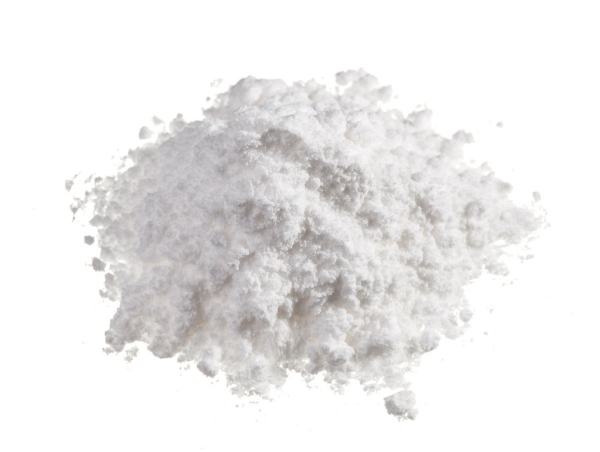


Tamsulosin HCL or Tamsulosin Hydrochloride is primarily used for benign prostatic hyperplasia, but is sometimes used for the passage of kidney stones by the same mechanism of smooth muscle relaxation via alpha antagonism. Benign prostatic hyperplasia (BPH) also known as benign prostatic hypertrophy (technically a misnomer), benign enlargement of the prostate (BEP), and adenofibromyomatous hyperplasia, refers to the increase in size of the prostate in middle-aged and elderly men.
Specification:
|
Tests |
Specifications |
Results |
|
Appearance |
White or almost white crystalline powder, slightly soluble in water, freely soluble in formic acid, slightly soluble in anhydrous ethanol. |
Conformed |
|
Identification |
A: Should conformed B: Specific rotation: between -17.5 and -20.5° C: Examine by infrared absorption spectrophotometry, compare the spectrum obtained with reference spectrum should meet the requirement. D: Should conformed |
Conformed -19.0°
Conformed Conformed |
|
Melting point |
About 230°C |
233.1°C~233.5°C |
|
Loss on drying |
Not more than 0.5% |
0.03% |
|
Sulphated ash |
Not more than 0.1% |
0.02% |
|
Heavy metals |
Not more than 0.002% |
<0.002% |
|
Related substances Max single impurity Total impurities |
Not more than 0.1% Not more than 0.2% |
0.001% 0.019% |
|
Enantiomeric impurity |
Not more than 0.1% |
0.024% |
|
Assay |
98.5%~101.0% |
99.4% |
|
Residual solvents Ethanol |
Not more than 5000ppm |
400ppm |
|
Microbial limit test Total number of bacteria Number of molds |
Not more than 1000 cfu/gram Not more than 1000 cfu/gram |
10 cfu/gram 20 cfu/gram |
|
Conclusion |
Complies with IP/BP |
|
Packaging details:
|
Packaging details: |
25kg/drum with double plastic bags inside; packed in a cardboard drum or fiber HDPE drum. |
|
Storage: |
Stored in a clean, cool, dry area; keep away from moisture and strong, direct light/heat |
|
Shelf Life: |
5 years if sealed and store away from direct sun light. |
